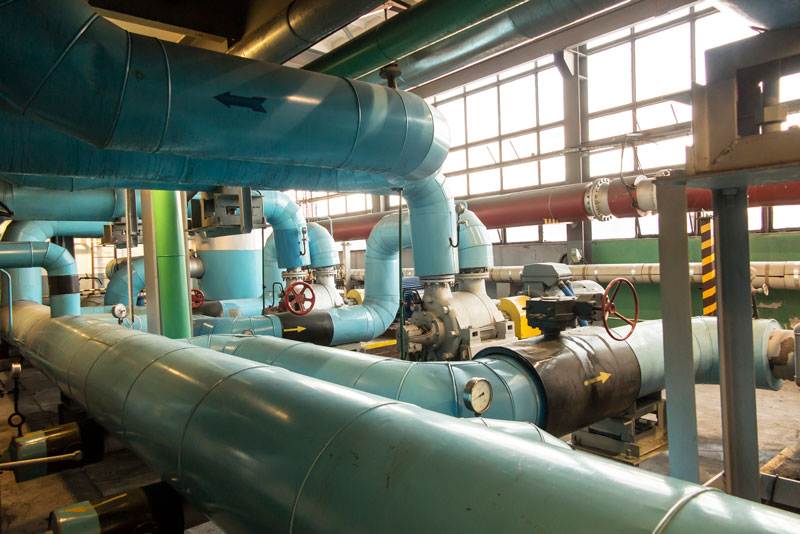Somewhere in North America today, a pump that is responsible for delivering residential drinking water through a municipal pipeline will stop working. Whatever the cause, the result will be largely the same: water supplies will be diverted, lives will be disrupted, and emergency repair funds will be spent.
The good news is that events like these may not be typical for much longer.

Thanks to a precipitous drop in monitoring technology costs and powerful new predictive analytics, it is now far easier—and less expensive—than ever to avoid pipeline, pumping and other system failures. And municipal water systems are the tip of the iceberg of beneficiaries. New stand-alone predictive maintenance solutions can be integrated into new and existing applications across a wide range of industries.
From Preventive to Predictive Industrial Pump Maintenance
Thanks to real-time asset condition monitoring, the ultimate benefit of these solutions is their ability to move organizations from a preventive maintenance model to a predictive approach.
Instead of following a predetermined schedule for maintenance and repairs, organizations that use these solutions can focus instead on the actual issues that are currently or might soon be affecting system performance. A sensor that picks up on changes in vibration, for example, might lead a maintenance team to maintain a motor bearing in lieu of performing general maintenance on a rigid schedule, producing substantial cost savings in the process.
All this information can be accessed from a browser-enabled computer or mobile device at a fraction of the cost of just a few years ago. Sensors and microchips that once cost more than $500 are now available for $25 or less. The cost to transmit and store data in the cloud has also been slashed by as much as 95 percent opening the door to new ways of doing business.
Even so, an organization is wise to develop a monitoring and analytics strategy before jumping in head-first. Rather than monitor everything, it may make better economic sense to deploy these technologies strategically on mission-critical systems with the greatest value or on those that pose the greatest risk.
